Unlocking the Benefits of Traditional Chinese Medicine: A Holistic Approach to Health and Wellness7/8/2024
Q. What are some surprising benefits of TCM that people might not be aware of?
Acupuncture is commonly recognized for its effectiveness in pain relief, yet TCM encompasses a wide range of modalities such as moxibustion, cupping, herbal formulas, and more. These techniques are used to address diverse health issues including hormonal imbalances, fertility, autoimmune disorders, sleep problems, digestive discomforts, and mental well-being. Rooted in a holistic perspective of the body, acupuncture aims to restore balance and alleviate discomforts across various ailments. To learn more, we invite you to join our virtual workshop with Wanlin Sun where we live explore more about how you can incorporate this ancient, healthy lifestyle into your daily routine! Don't miss this opportunity to enhance your well-being with practical TCM practices! Date: 26th July, 2024 Time: 1:00PM PM to 2:00PM Online via Zoom Register Today: awfh.org/ChineseMedicine
0 Comments
Amidst the electrifying hum of the violinist, the atmosphere at the Exchange Center overlooking the Seaport waterfront was electric on May 30th, 2024 as Asian Women for Health (AWFH) held their annual but first of its kind CelebrAsians Gala. The event was a vibrant showcase of diverse Asian heritage, with guests donning a wide array of traditional garments from flowing lehnga cholis, saris and intricate kimonos to striking hanboks and shalwar kameez.
Naheed Esar, executive director of AWFH opened the evening with a powerful message, “We are gathered here as a community with a shared vision- a healthcare system that truly understands and embraces the rich diversity within our Asian communities," her words resonating deeply with the crowd. Jean Yang, President and CEO of Vinfen who was also the keynote speaker at the event addressed the urgent need to tackle mental health issues within the Asian American community. "Barriers to mental health are complex, and we need to fight for a better, socially, and culturally aware mental healthcare system for all, especially our youth," she stated, highlighting that suicide was the leading cause of death for Asian Americans aged between 15 to 24. Asian Women for Health has made remarkable strides in addressing these issues. For the past 10 years, the organization has held numerous workshops and awareness campaigns including organizing the Asian American Mental Health Forum. This forum brings together health practitioners, policymakers, researchers, and individuals with lived experience to combat stigmas and concerns related to mental health within Asian communities. AWFH has also been at the forefront of creating safe spaces where community members can openly discuss and seek help for mental health concerns. In the past year alone, the organization has successfully completed three cohorts of community health workers, with an impressive 95% of participants coming from underrepresented communities and majority securing employment. During the COVID-19 pandemic, the team’s effort in promoting vaccine equity has been instrumental in ensuring broader access and awareness. "I am honored to be part of the CelebrAsians Gala tonight," said Adam Thomas, Co-Chair of the Board of Directors. "I am inspired by the strides AWFH has made and am excited to see how we will continue to close the health gap for Asian women, ensuring they receive the culturally sensitive care and support they deserve." The gala also featured a mesmerizing Kathak performance by Anjali Nath, which captivated everyone in attendance. The traditional Indian dance, characterized by its intricate footwork and expressive storytelling, added a magical touch to the evening, leaving the audience in awe. Adding to the significance of the occasion, Mayor Michelle Wu sent a heartfelt video message, expressing her gratitude and support for the invaluable work of AWFH, "We know that access to quality healthcare is a challenge in this country, and even if services exist, Asian Women for Health has helped highlight that our residents face additional challenges in accessing them," she commended, acknowledging the organization's dedication to the health and well-being of the Asian American community. As the night came to a close, the sense of unity and shared purpose was palpable. The CelebrAsians Gala was not just a celebration of cultural heritage, but a testament to the collective power of a community striving for a healthcare system that embraces and understands its rich diversity. For many queer AAPI individuals, discrimination is a multifaceted issue. They often find themselves at the intersection of racial and sexual minority statuses, facing prejudice and bias on both fronts. This dual discrimination can manifest in various forms, including micro-aggressions, exclusion, and overt hostility in both personal and professional settings.
Cultural Stigma and Family Dynamics One of the most poignant challenges is the cultural stigma within their own communities. Many AAPI cultures place a high value on family honor, respect for elders, and adherence to traditional roles and expectations. As a result, over 40% of queer AAPI individuals report hiding their sexual orientation or gender identity from their families. The fear of rejection, shame, or being disowned can create a significant emotional burden, leading to a sense of isolation and internal conflict. Mental Health Implications The stress of navigating these dual identities can take a toll on mental health. Studies have shown that LGBTQ+ AAPI individuals are at a higher risk for depression, anxiety, and other mental health issues compared to their heterosexual or non-AAPI counterparts. The lack of culturally competent mental health services exacerbates this issue, leaving many without the support they need. Representation MattersRepresentation in media and public life plays a crucial role in shaping societal attitudes and providing role models for young queer AAPI individuals. Unfortunately, positive and accurate representation of this group is still limited. Increasing visibility and representation can help reduce stigma and provide a sense of validation and acceptance. Building Supportive Communities Organizations like NAAAP Queer Asian Supper Club and MAP for Health are vital in creating safe and supportive spaces for queer AAPI individuals. These communities offer a place to share experiences, find support, and build connections with others who understand the unique challenges they face. Events such as the AWFH upcoming discussion at CIC Boston are essential for fostering dialogue, understanding, and solidarity. Advocacy and Progress Activism and advocacy by and for queer AAPI individuals have been instrumental in pushing for greater inclusivity and equity. From grassroots movements to policy changes, these efforts work towards dismantling systemic barriers and creating a more accepting society. Conclusion The journey of navigating the world as a queer AAPI individual is fraught with challenges but also marked by resilience and strength. By acknowledging the dual discrimination they face, providing supportive communities, and increasing representation, we can work towards a future where all individuals are free to embrace their true selves without fear of stigma or discrimination. Join us on June 27th, 2024, from 6:00 PM to 8:00 PM EST at CIC Boston for an insightful discussion on these topics. Together, let's celebrate our identities, share our stories, and support each other on this journey. See you there!  As we celebrate Asian American and Pacific Islander (AAPI) Heritage Month, it's crucial to spotlight not just cultural achievements, but also pressing health disparities within these communities. Despite being one of the fastest growing populations in the U.S., Asian Americans are often underrepresented in health research, which can obscure critical disparities. The National Health Interview Survey indicates that Filipino Americans exhibit a diabetes prevalence rate nearly twice that of non-Hispanic whites. Similarly, Vietnamese and Korean Americans report significantly higher rates of hepatitis B, underscoring the diverse and often hidden health challenges faced by these groups. Health Disparities Among Asian American Groups The notion of a "model minority" often masks the stark health disparities that exist within the Asian American community. These disparities are not just broad strokes of data but are significantly pronounced when disaggregated by ethnicity. For instance, while overall cancer rates among Asian Americans are lower, Vietnamese American women have the highest cervical cancer rate of any ethnic group in the United States. This discrepancy illustrates the danger of aggregating data, as it can obscure critical health issues specific to subgroups. Further complicating the picture, language barriers, cultural nuances, and limited access to culturally competent healthcare contribute to these disparities. Many Asian Americans are less likely to seek regular medical examinations and mental health services due to cultural stigmas and a lack of resources tailored to their linguistic or cultural needs. Focusing on Community-driven Projects and their Insight Addressing these issues requires a nuanced approach that considers the cultural, economic, and social factors influencing the health within these communities. Initiatives like the FILLED Project and The SEA US HEAR US Study are pivotal, as they provide insights and stories derived directly from the Southeast Asian communities. These community-driven projects help identify specific needs and tailor public health interventions that are culturally appropriate and effective. These projects highlight a critical truth: effective public health interventions must be rooted in the understanding of cultural uniqueness and specific health needs. By spotlighting disparities from local communities to broader societal contexts, they pave the way for enacting effective strategies and empower further community-driven projects. There has been more research being conducted to not only disaggregate data but also to learn more about how different diseases or chronic illnesses affect each ethnic group in the U.S ACCESS PD - Advancing Comprehensive Care & Enhancing Service Standards in Parkinson's Disease among Asian Americans, funded by the Michael J. Fox Foundation, investigates cultural and systemic barriers that hinder access to care and participation in research studies for Parkinson’s disease among Chinese and Vietnamese Americans in the Greater Boston Area. As a community partner, Asian Women for Health ensures that this study engages and informs the Asian American community in a culturally appropriate manner. This project not only aims to understand barriers but also to create culturally appropriate resources for patients, care partners, and clinicians, enhancing Parkinson’s disease literacy and service standards among Asian Americans. Similarly, the All of Us Research Program (AoURP) is an NIH-funded program to involve people in research and clinical studies that are representative of the diversity within the United States. This initiative is building one of the largest biomedical data resources of its kind, representative of everyone in the United States. By encouraging participation from a broad cross-section of the U.S. population, the All of Us Research Program aims to facilitate research that can lead to more personalized healthcare solutions based on individual differences in lifestyle, environment, and biological makeup. This program not only advances medical research but also ensures that participants are engaged ethically and respectfully, emphasizing inclusivity and the protection of their rights and privacy. The Upcoming Workshop: Integrating Insights for Action
In the United States, senior care and the role of caregivers has become increasingly prominent with the increasing population of seniors. The demand for eldercare will increase with the US senior population projected to grow by nearly 40% between 2020 and 2035, according to the Census Bureau. Caregivers, often unsung heroes, play a crucial role in ensuring the well-being and best quality of life for seniors, often offering physical assistance and emotional support.
Why is Caregiving so Prominent in AANHPI Communities? In a study conducted by AARP, researchers found that 73% of AANHPIs believe that they are expected to care for their parents. Within many AANHPI households, the cycle of caregiving is often revered, as the young take on the caregiving status when elders reach a point where they need to be cared for. There are several major reasons why many members of the AANHPI communities becomes caregivers for their loved ones:
It is also important to recognize that under the AANHPI umbrella, there are many cultures and differences in family structure that can effect caregiving dynamics. Caregiver’s Experiences Caregiving in the AANHPI community is not without its challenges. Cultural stigmas surrounding mental health issues may prevent seniors from seeking the care they need, placing additional strains on caregivers. Moreover, the demands of caregiving can take a toll on caregivers’ own well-being, leading to stress, burnout, and feelings of isolation. Some unique challenges AANHPI family caregivers face include:
It's essential for caregivers to recognize the importance of self-care and prioritize their own mental health and well-being. This includes setting boundaries, seeking respite care, practicing stress-reduction techniques such as mindfulness or meditation, maintaining social connections, and seeking support from friends, family, or support groups. Additionally, caregivers should not hesitate to seek professional help if they are struggling with their mental health. Therapy, counseling, and support services tailored to caregivers can provide valuable resources and coping strategies to navigate the challenges of caregiving while safeguarding their own mental health. Did you know that the State of the Period 2023 survey revealed that nearly 1 in 4 students have struggled to afford period products in the U.S., with 44% of teens reporting stress and embarrassment due to a lack of access to period products? Period Poverty, a community health issue that has been often overlooked and neglected throughout the world. According to the American Medical Women’s Association, period poverty is defined as the lack of accessibility or affordability of menstrual hygiene tools and educational materials. Period Poverty can take different forms and has emotional, physical, and mental tolls on individuals who menstruate. It is essential for everyone openly discuss this pertinent issue to reduce period stigma, and increase access to period products for all people who menstruate.
Effects of COVID-19 on Menstrual Health Throughout the COVID-19 pandemic, period poverty became a widespread health issue as economic strains and home quarantine limited individuals to access to menstrual products. Amid widespread job losses, reduced working hours, and home quarantine, many women and AAPI individuals found themselves struggling to afford basic necessities such as menstrual products.
Stigmas & Barriers of Menstrual Health in the AAPI Community. Period poverty, a global issue affecting millions, has been exacerbated by the COVID-19 pandemic. Within the AAPI communities, this challenge is not only about access to menstrual products but also combating deep-rooted stigmas surrounding menstrual health. Despite that half of the world's female population experience menstruation each month, talking about menstruation and menstrual health is still stigmatized within various communities.
It is imperative to center the voices and experiences of AAPI individuals in conversations about menstrual health and period poverty. By elevating diverse perspectives and experiences, we can develop more inclusive and culturally relevant solutions that address the specific needs of AAPI communities. Given the lack of specific studies on AANHPI women and girls, it's crucial to recognize the broader implications of period poverty and the need for targeted research and interventions that address the unique challenges faced by different communities, including AANHPI populations. The importance of providing access to affordable menstrual products, education around menstrual health, and support systems can result in great positive impacts within our communities! Sources: 1. Period The Menstrual Movement: Period Poverty 2. Period poverty and mental health of menstruators during COVID-19 pandemic 3. Editorial: Period Poverty 4. Harvard Public Health: "Inside the movement tackling period poverty in the U.S."
Eating disorders are complex mental health conditions that affect people from all walks of life, regardless of age, gender, or ethnicity. However, within the AAPI community, these disorders often go unnoticed or unaddressed due to cultural stigma and lack of awareness. Despite this silence, eating disorders are a significant issue within the AAPI population, with profound impacts on physical health, emotional well-being, and familial dynamics.
What are eating disorders? According to the American Psychiatric Association, eating disorders are behavioral conditions characterized by disturbance in eating behaviors and associated distressing thoughts and emotions. Type of eating disorders include:
COVID-19 Effects on Mental and Physical Health As the world grappled with challenges brought by COVID-19, the effects on both mental and physical health became increasingly apparent. With widespread lockdowns and social restrictions, many found themselves grappling with heightened levels of stress while also experiencing difficulty to cope and seek help.
Eating Disorders within the AAPI Community Eating disorders can impact people regardless of their race, age, sexual orientation, gender identity, or socioeconomic status. There is often a misconception that eating disorders affect only upper-middle-class white female patients. However, the rates of disordered eating in AAPI women are comparable to rates seen in European American women and often higher rates than other women of color. Statistics reveal the prevalence and severity of eating disorders within the AAPI community.
Eating Disorders are a significant but often overlooked issue within our community due to cultural stigmas, lack of awareness, and limited access to culturally appropriate resources that lead to under diagnosis and under treatment. By de-stigmatizing conversations about mental health and promoting culturally competent resources and support services, we can empower individuals to seek help and support early intervention and recovery. We hope that by raising awareness, fostering supporting communities, and bridging access to resources can provide individuals in our community they need to heal and thrive. Sources: 1. https://www.mhanational.org/issues/asian-american-pacific-islander-communities-and-mental-health 2. https://www.ncbi.nlm.nih.gov/pmc/articles/PMC6737071/ 3. https://www.umassmed.edu/news/news-archives/2023/03/eating-disorders-in-teens-more-than-doubled-during-pandemic/ 4. https://jamanetwork.com/journals/jamapediatrics/fullarticle/2798255 5. https://onlinelibrary.wiley.com/doi/abs/10.1002/eat.23318 6. https://www.ncbi.nlm.nih.gov/pmc/articles/PMC10032524/ Insurance coverage is confusing...
Are you familiar with your health insurance plan and understand all of your benefits and coverage? If you do not, you are not alone! Many people across the country also have difficulty understanding their coverage and benefits. Studies show that actually 30% or more Americans report difficulty figuring out their insurance coverage and what they have to pay for care. By not fully understanding their benefits and coverage, some individuals actually end up paying out of pocket expenses that may have been covered in their insurance plans. Let’s strive to become healthier and maximize our health insurance coverage! COVID-19 Effects on Healthcare and Stress The pandemic not only transformed how we viewed our daily lives, but also impacted our healthcare system. Amidst the uncertainty of the pandemic, job losses have threatened health insurance coverage for millions of people and their families.
Health Insurance in Massachusetts Did you know that Massachusetts has the lowest uninsured rate in the whole country? Only 3% of Massachusetts’ population is uninsured, which is the lowest percentage out of all US states. In the state of Massachusetts all individuals ages 18 or older fall under the “individual mandate,” requiring these individuals to enroll in a health insurance plan. Government Health Benefit plans are also available for individuals and families who fall below the poverty line and are eligible. Why is Health Insurance important?
Want to learn more about enrolling in Health Insurance? Join us at our January Lunch & Learn Workshop will be led by our staff, Sofia Li, and Hannah Frigand, the Director of Public Programs at Health Care for All! We are looking forward to seeing and connecting with you at our workshop! Just incase you missed our previous December Lunch & Learn discussing the true meaning of presence and creating meaningful connections, Beyond Physical Proximities, click on this link for the full video recording. Sources for the article:
Ever feel like a fraud? Like you're not good enough or have enormous emotions of dread, anxiety and insecurity that any minute you might be exposed? These thoughts are all part of a phenomenon known as Imposter Syndrome which unfortunately mostly occur in high achieving individuals.
Even famous women- from Hollywood superstars such as Charlize Theron and Viola Davis to business leaders such as Sheryl Sandberg and even former First Lady Michelle Obama and Supreme Court Justice Sonia Sotomayor - have confessed to experiencing it. "I'm often made to feel invisible or that my contributions really didn't matter. I'm often told I am aggressive meanwhile have others talking over me and cutting me off. Or have had at times been told I am not confident, but my Asian upbringing and my cultural values are important to me. So which is it really?" says Vivian W. Huang, MD, MPH . Vivian is an accomplished medical physician who has had some amazing experiences and have had the honor and privilege to work with Doctors Without Borders and assigned to Syria and Swaziland and have also worked in history's worst Ebola outbreak in 2015 with Partners In Health in Sierra Leone! So why do people experience Imposter Syndrome? What are the contributing factors to this phenomenon which was coined by two clinical psychologists, Pauline Rose Clance and Suzanne Imes, back in 1978.
The COVID-19 Connection The pandemic has greatly worsened imposter syndrome. The quick shift to remote work and the blurring of personal and professional boundaries have increased feelings of inadequacy. Isolation and Seclusion: The lack of in-person support and validation which everyone previously relied on was no longer there during the pandemic. Along with the lack of physical separation from coworkers, friends and family members due to lockdown worsened Imposter syndrome and feelings of loneliness and mental health exacerbated. For this reason, we have partnered with Anise Health to host a workshop on Addressing Imposter Syndrome in Light of COVID-19. Our Lunch and Learn Workshop takes place tomorrow, Friday, 29th September from 1PM to 2PM EST. Click Here to Register for the event or attend via Zoom Link here: https://us02web.zoom.us/j/84299286178 Dr.Sheetal Ajmani, our expert speaker is a life coach and founder of Radiant Living will unpack the causes of this phenomenon, review techniques to recognize and overcome it and explore potential solutions to combat it and feel a stronger sense of self-esteem! We look forward to seeing you at the workshop! By Ameena Qayyum Communications Coordinator Effective Strategies to Combat the Effects of Covid 19 on Children’s Mental Health and Well-Being8/31/2023 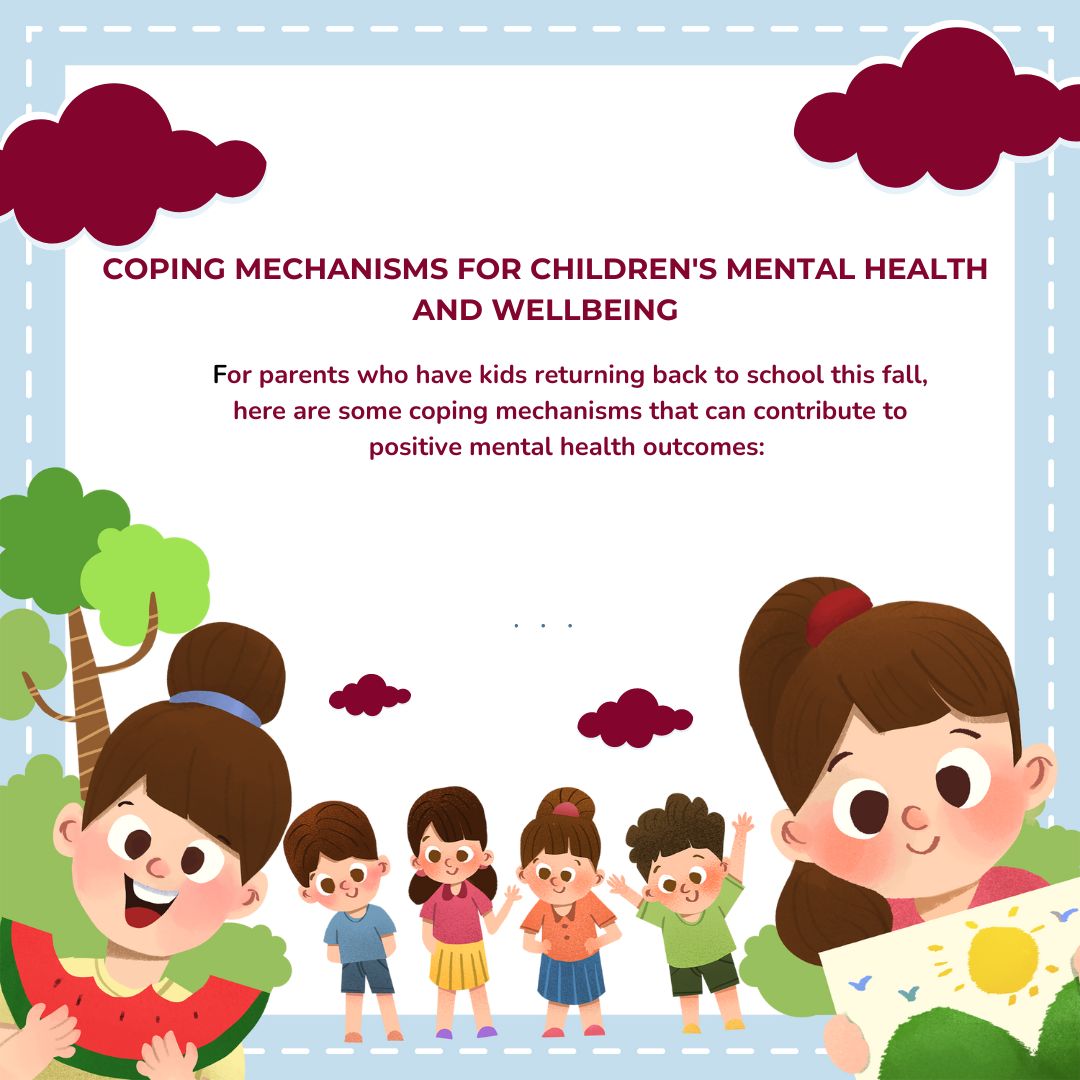 The continued consequences of the COVID-19 epidemic on children's health and wellbeing are causing parents to prepare for the return to school with a distinct set of worries. Several studies have examined the numerous ways that the pandemic has affected young children's life and it may feel like we’re inching towards a new normal but the pandemic exacerbated a behavioral and mental health crisis that has only grown. The pandemic has undeniably opened our eyes to numerous disruptions in our daily lives. However, even before the pandemic, the significance of children's mental health is evident. As we navigate the challenges of the present and future, it is essential to remember that safeguarding the well-being of our youth is a continuous responsibility. Just as COVID-19 emphasized the importance of being vigilant, protected, and safe, we must extend these principles to ensure the mental health of children, reinforcing a holistic approach to resilience and well-being in all aspects of life- covid-19 or not! As stress and anxiety levels increased because of isolation, interrupted routines, and difficulties with distant learning- we’ve considered some strategies for parents to consider that can contribute to positive mental health outcomes: Self-care: Parenting is a daily struggle, and when faced with the realities of COVID-19, particularly getting the virus, it may be a cause of worry and anxiety all the time. The first and most important step in helping children is to look after your own needs. Self-care is not selfish, and it assists caregivers to be a steady, calming, and soothing parent for their children. Encouraging Open Conversations: Emotional regulation can be aided by promoting open communication at home, remaining calm and focused throughout dialogues, and routinely checking in with kids to see how they're doing. Young children need to see from their parents that everything will be well in the end. Since children frequently pick up on emotional cues from adults, it's crucial to include their teachers and other significant adults in the conversation, listen to their worries, and reassure them. Reducing Screen Time and Encouraging Physical Activities: The general recommended screen time for children between the ages of 5 and 17 is no more than two hours per day, and considerably less for children under the age of five. But during the epidemic, this number considerably rose. As a result, it's crucial for caregivers to get youngsters involved in creative activities like playing and sketching. Now that the pandemic restrictions have been lifted, it's also a good idea to get outside and indulge in more physical activity. This enables kids to express challenging emotions like anger, fear, or grief in healthy ways. Seeking professional help when necessary: Parents and teachers can easily spot early indicators of mental health problems such as hostility, clinging behavior, nightmares, poor focus, emotional outbursts, lack of appetite, and more. As a result, the pandemic's long-term effects on mental health can be avoided by obtaining professional assistance when necessary and implementing early intervention techniques. Children have always exhibited incredible resilience in the face of uncertainty and change. Positive environments at home and in school will help the majority of people cope. So let's celebrate the resiliency and adaptability our kids have demonstrated as we get ready to send them back to school. We can all work together to navigate the ongoing effects of COVID-19 and support our kids in thriving in the upcoming school year by putting their physical health first, supporting their emotional wellbeing, and encouraging their academic development! By Ameena Qayyum Communications Coordinator |
Archives
July 2024
Categories |
|
© Asian Women for Health. All rights reserved.
|
WHAT WE DODONATEcontact us |
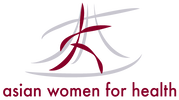


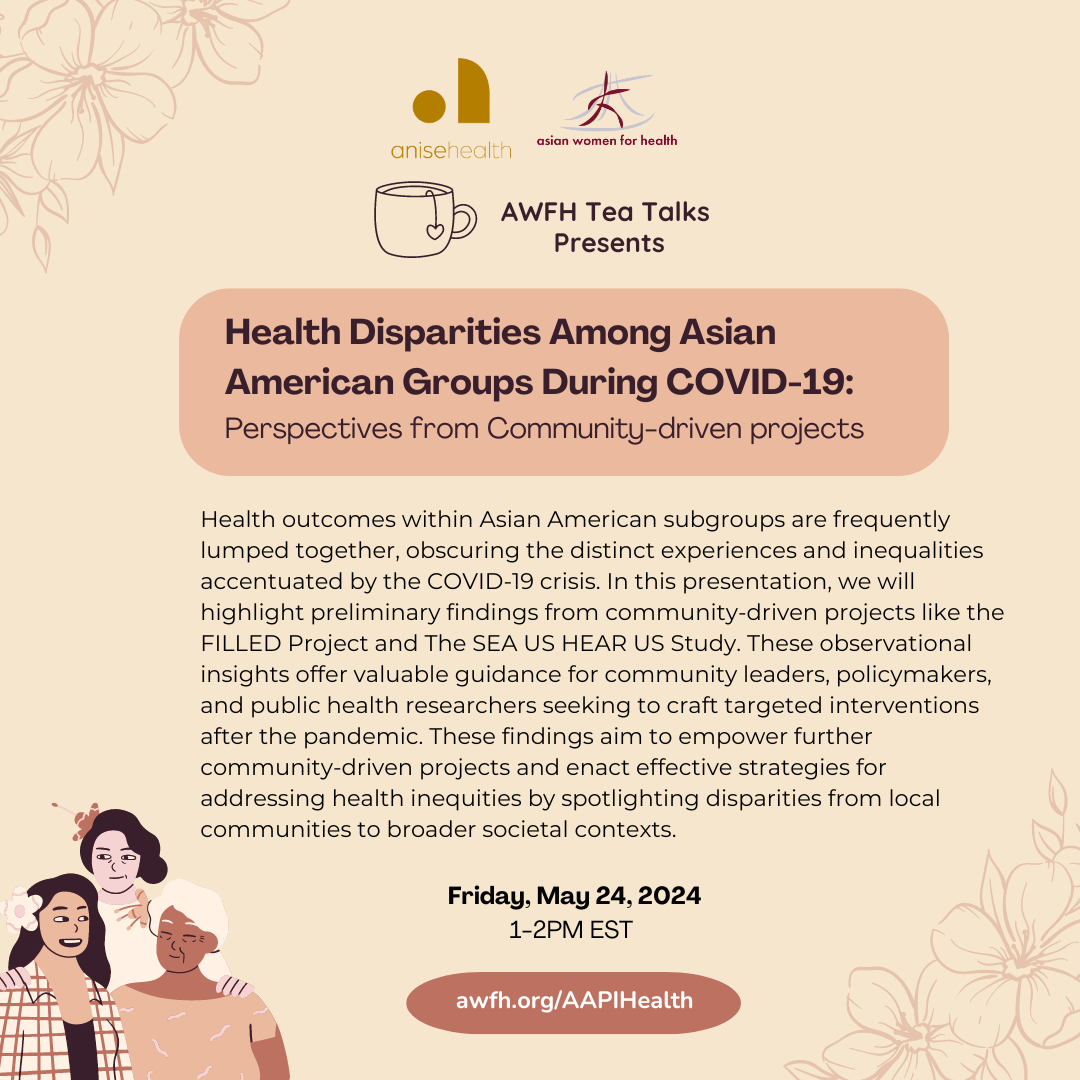
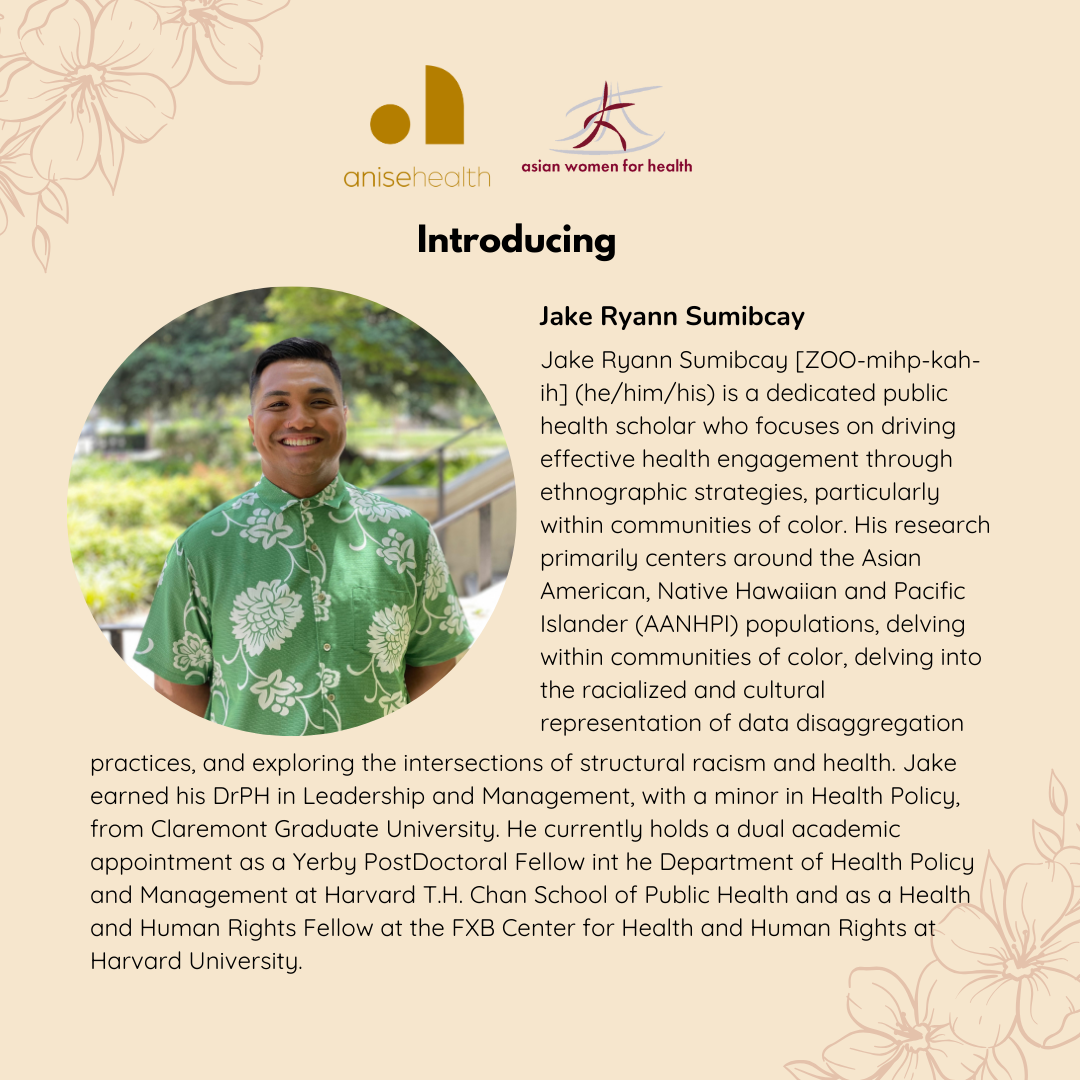
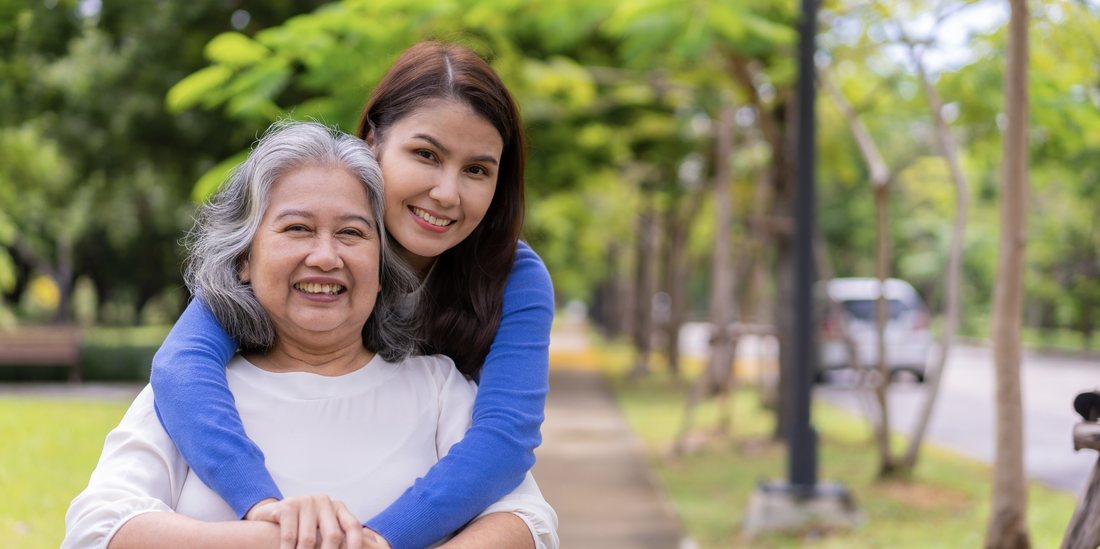
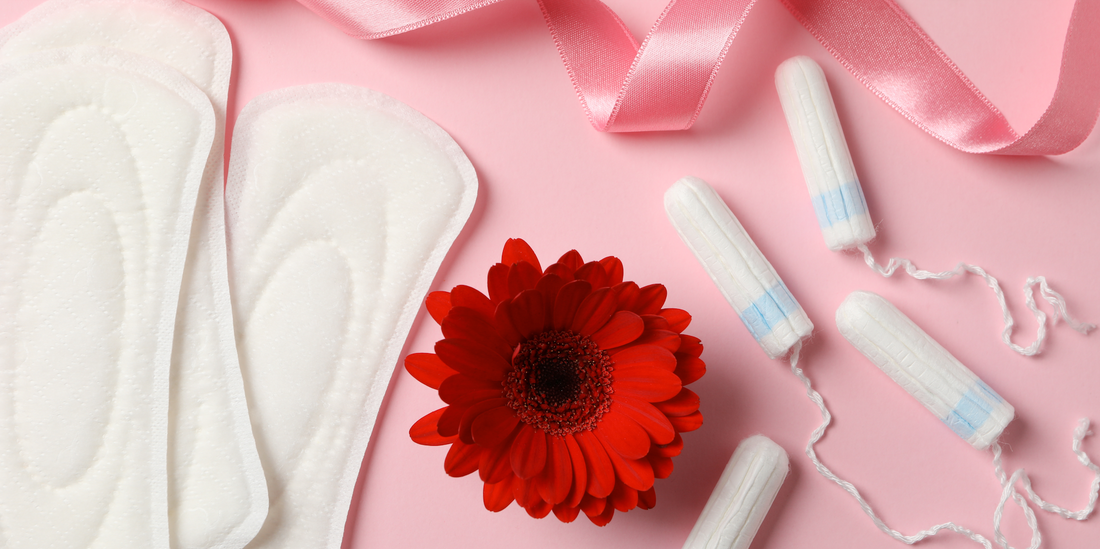


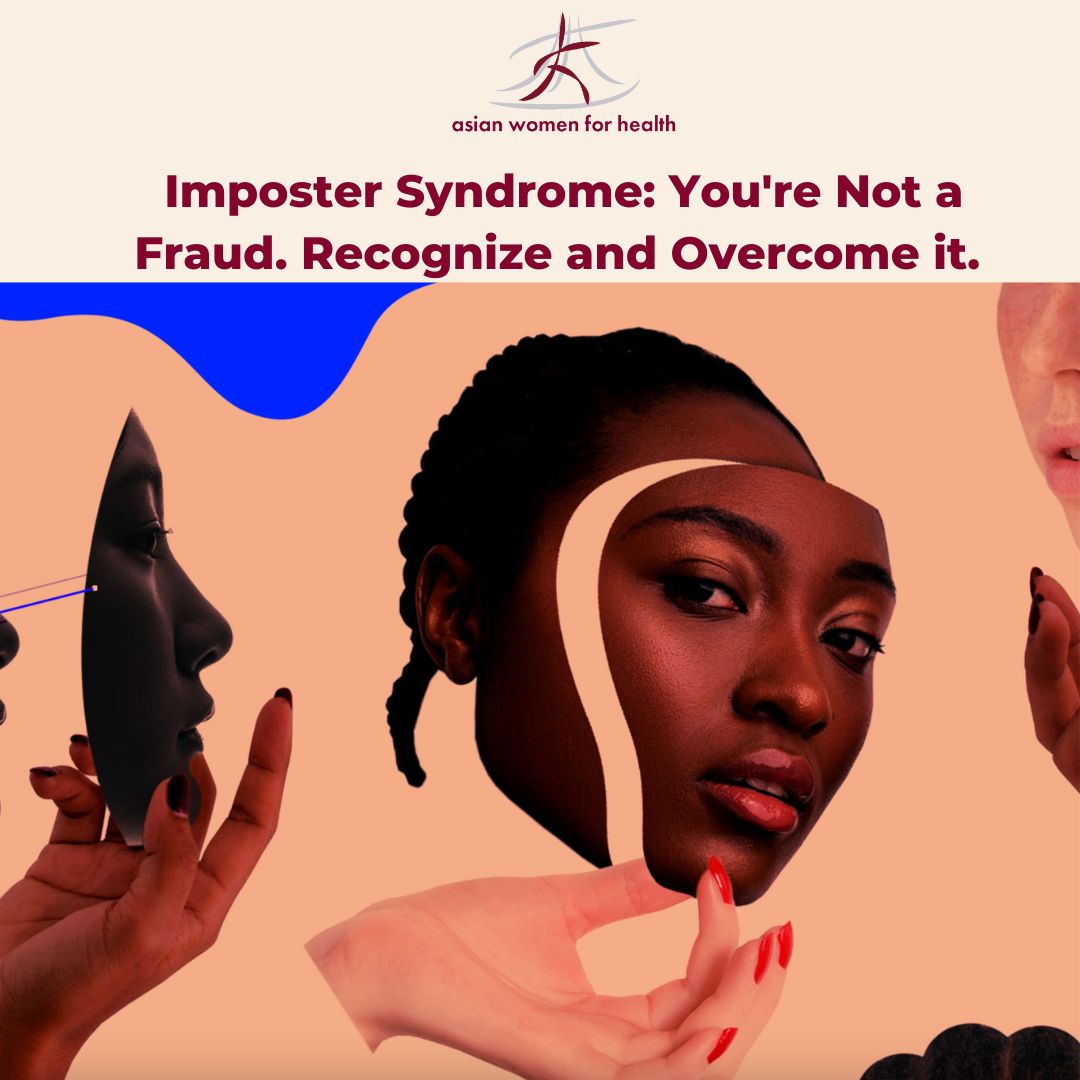

 RSS Feed
RSS Feed